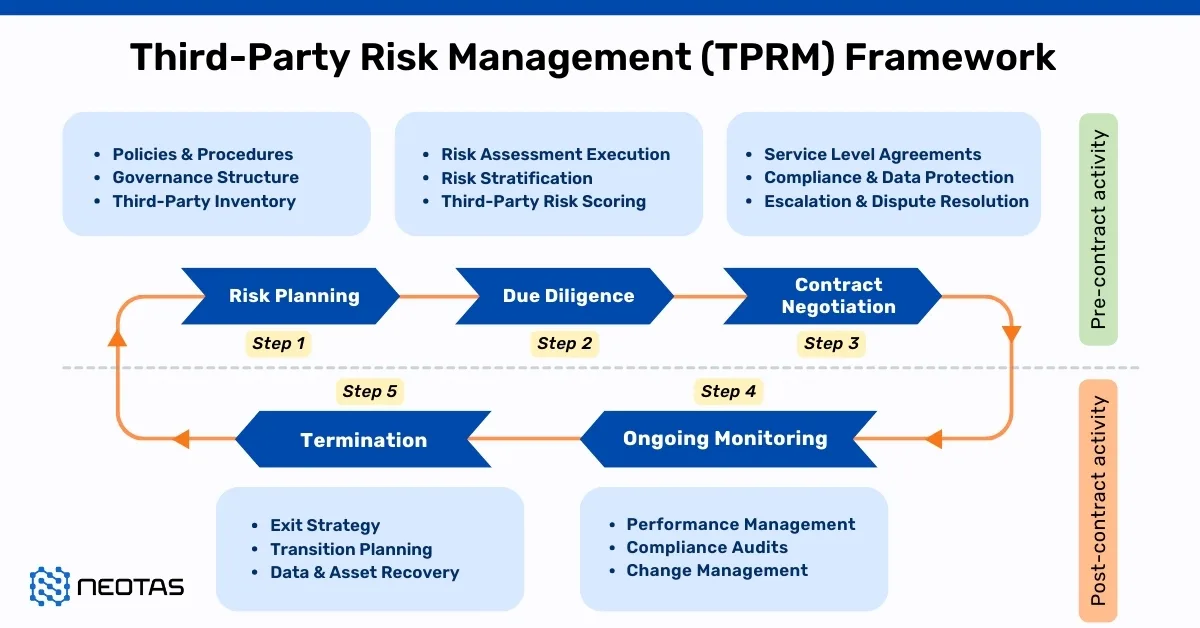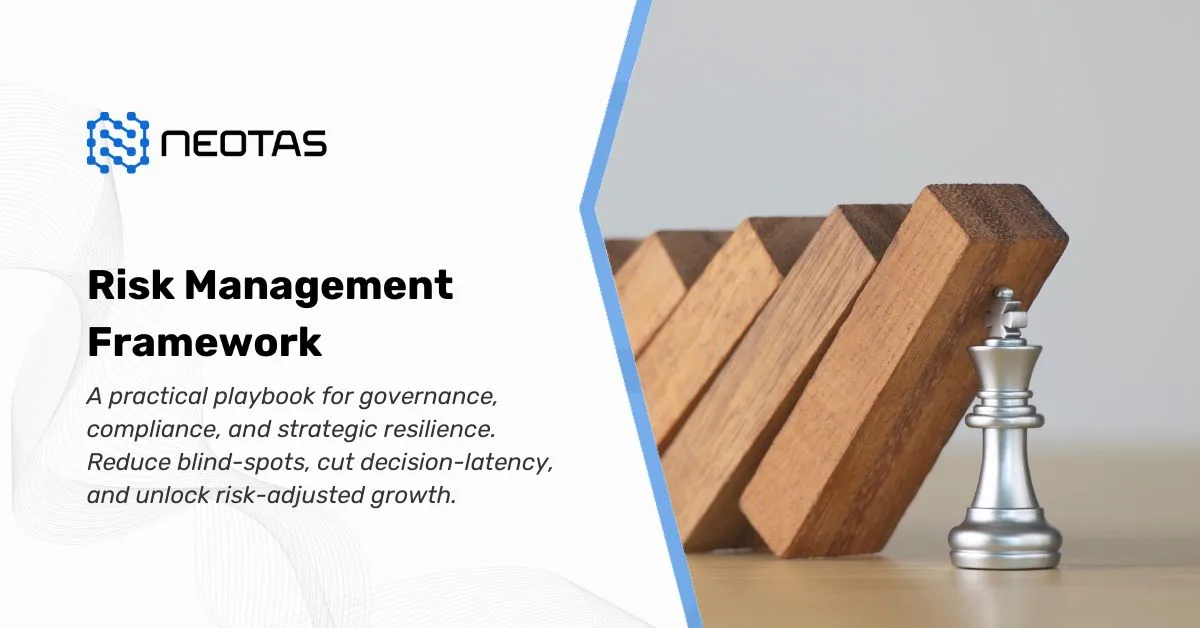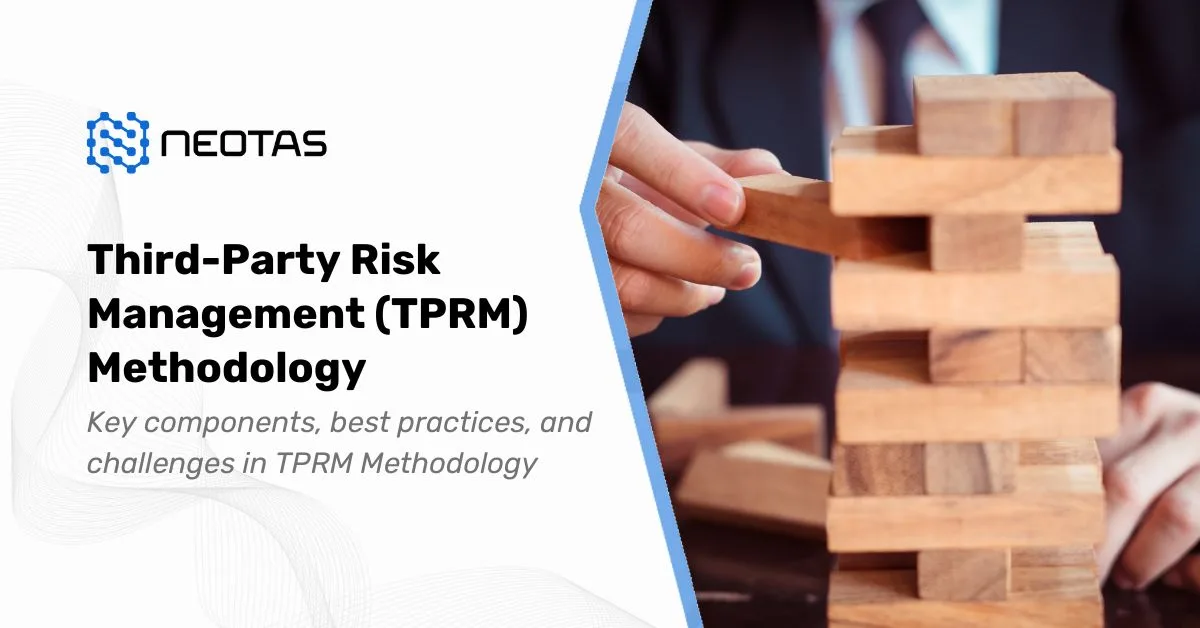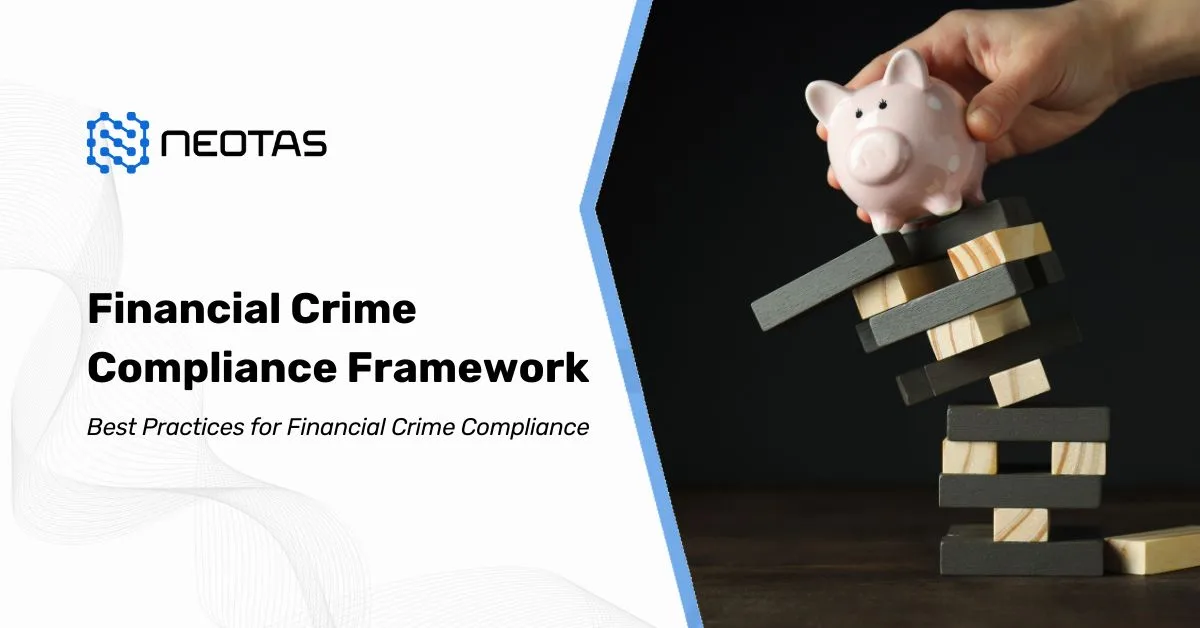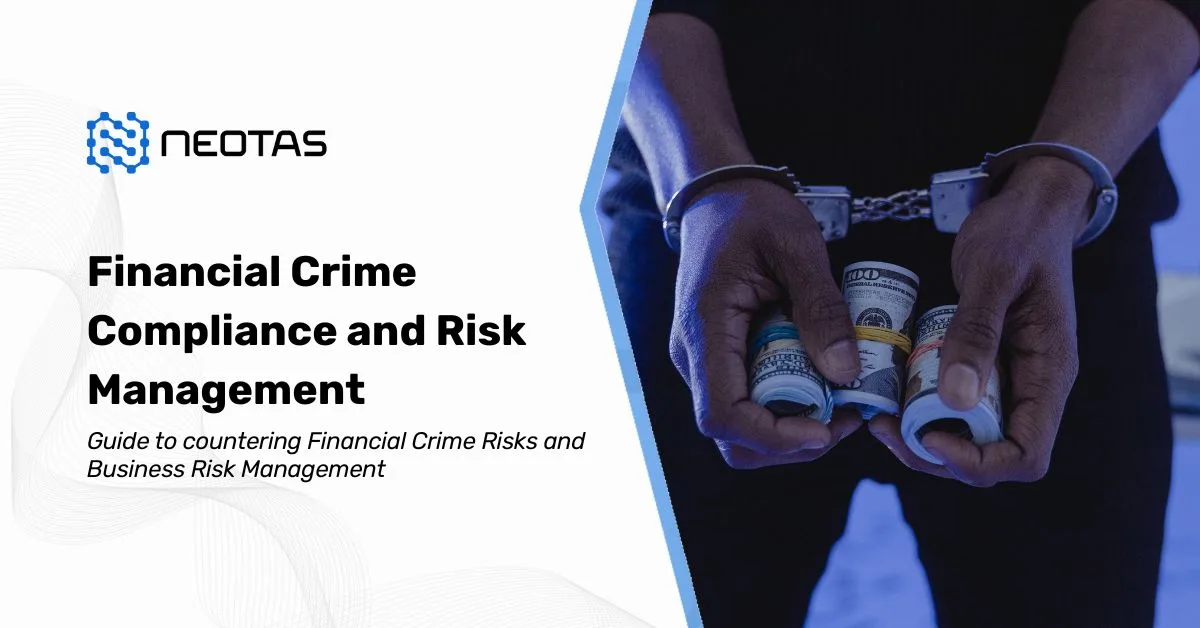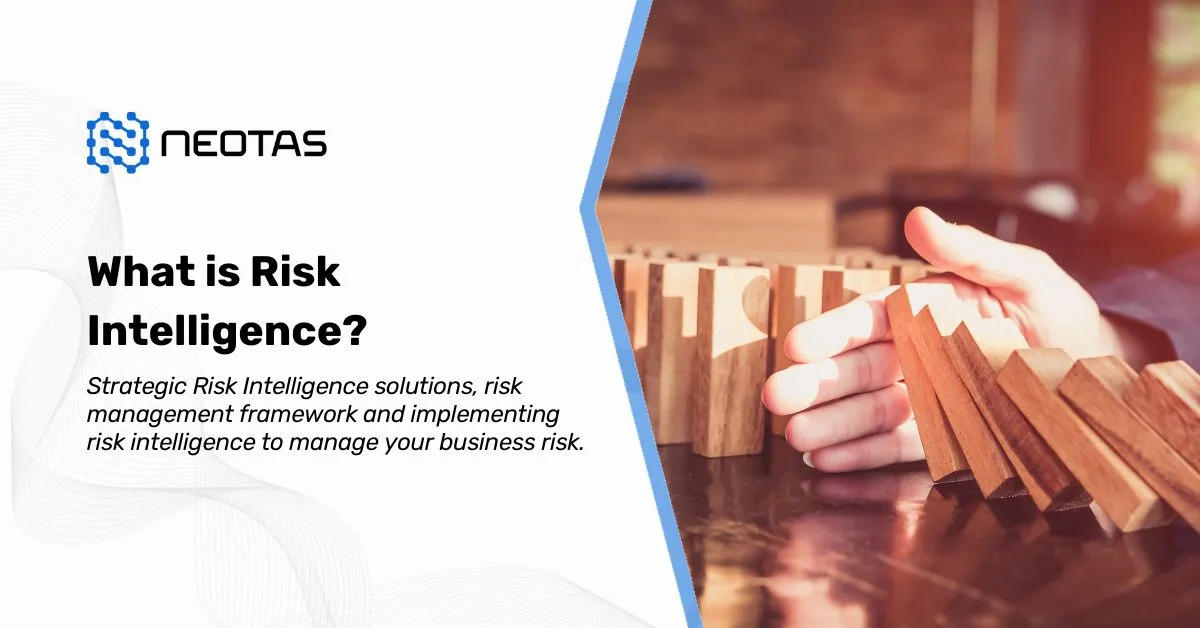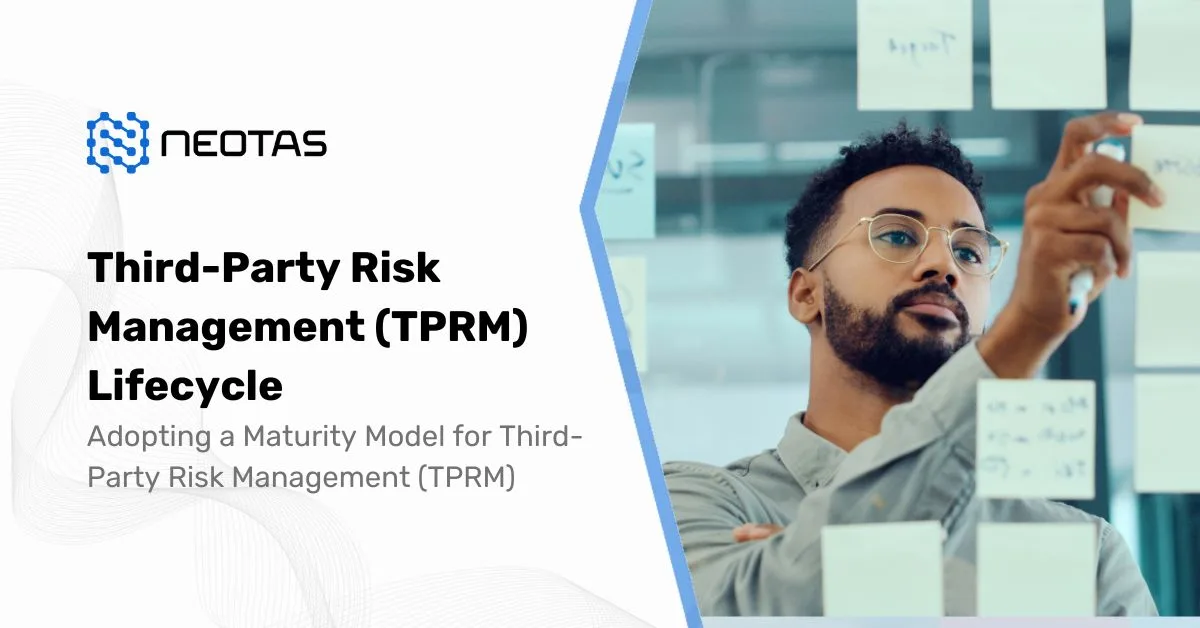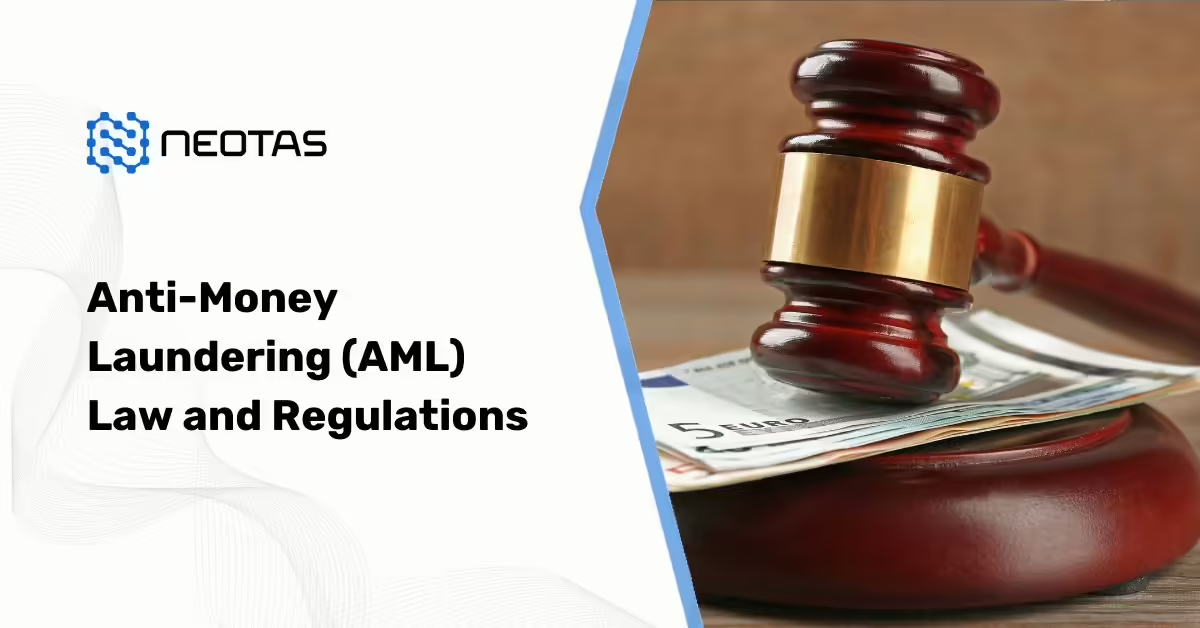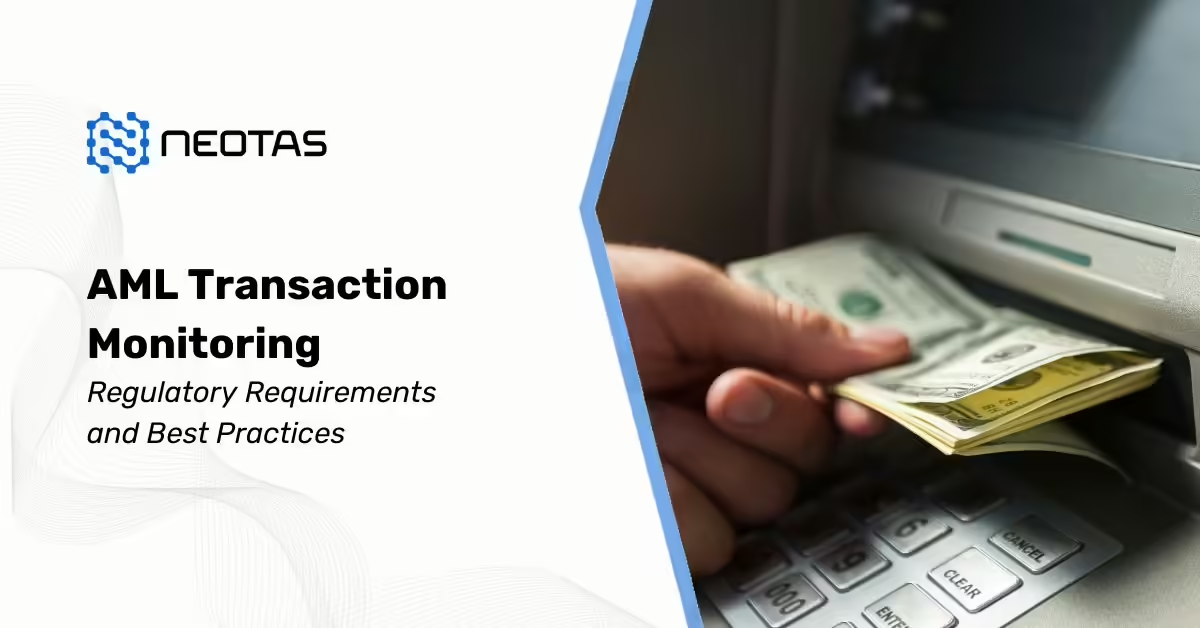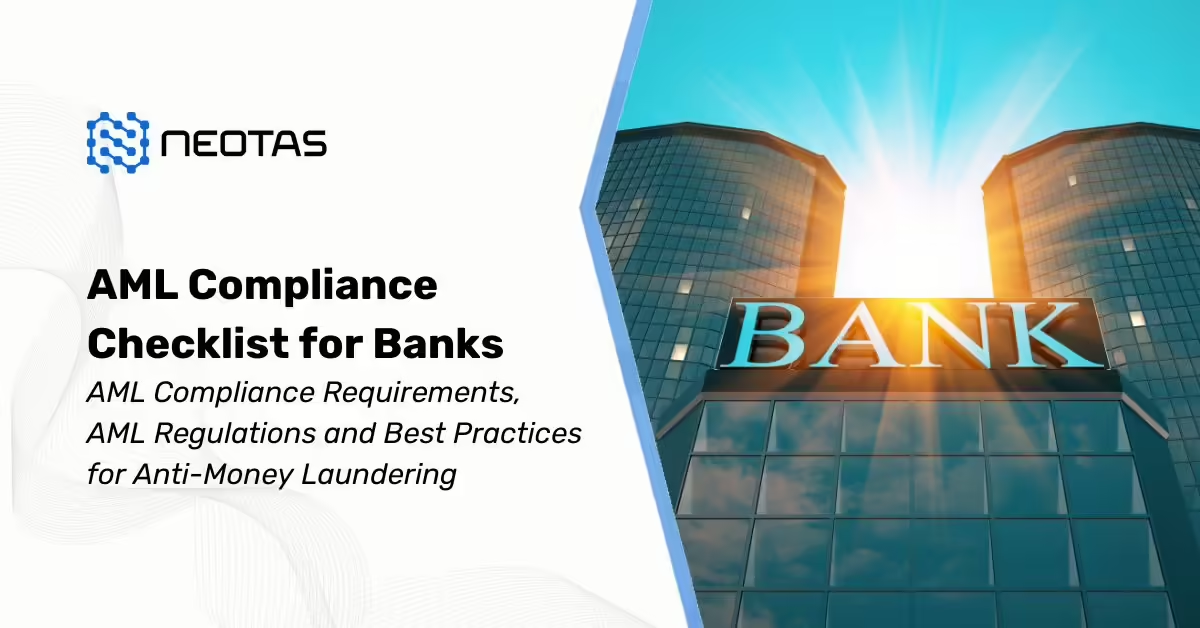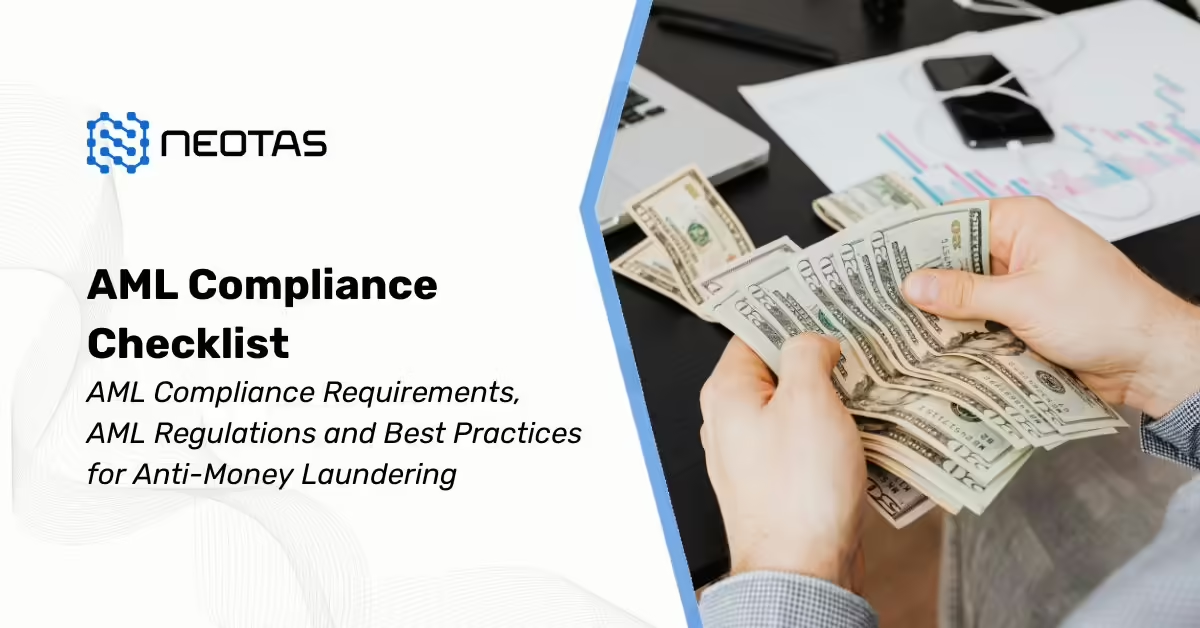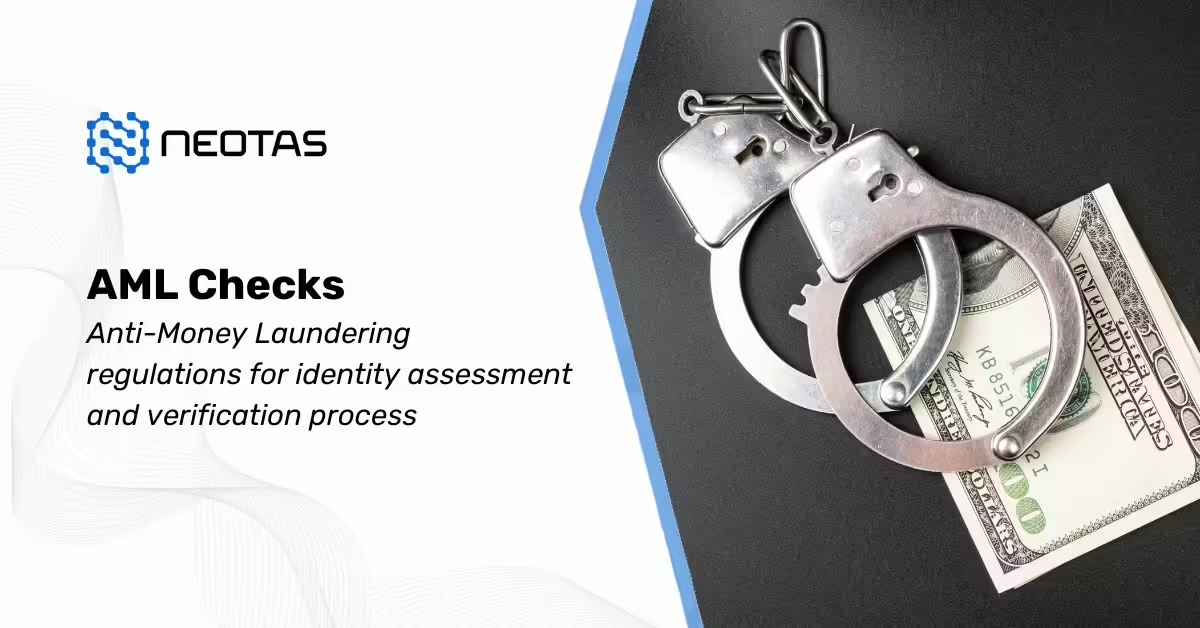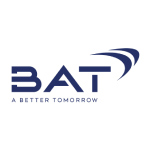Using Dark Web for OSINT Investigations
The dark web or darknet refers to an encrypted section of the internet concealed from the general public’s view and inaccessible through traditional search engines like Google or Bing. This covert network exists within the deep web, the vast expanse of the internet that remains unindexed by search engines, requiring specialised software, configurations or authorisation for access.
While the dark web facilitates legitimate activities that safeguard privacy and enable free speech in restrictive environments, it has also gained a notorious reputation as a haven for illicit dealings. This clandestine space plays host to the sale of stolen financial data, personal identifying information and unlawful content. Conversely, it also serves lawful purposes by protecting anonymity and fostering unrestrained expression in regions where such liberties are curtailed.
The dichotomy of the dark web’s utility poses a complex challenge, as law enforcement agencies grapple with curbing its exploitation for nefarious ends while preserving its potential for positive applications. Navigating this intricate landscape requires a delicate balance and a nuanced approach to effectively combat criminality without infringing on fundamental rights.
Dark web
Definition: Part of the internet inaccessible by traditional search engines. Overlay networks that use the Internet but require specific software, configurations, or authorization to access.
Relation to Deep Web:Forms a small part of the deep web, which is not indexed by web search engines.
Purpose: Allows for anonymous communication and business on the internet without revealing identifying information.
Popular Networks:Includes networks like Tor, Freenet, I2P, and Riffle operated by public organizations and individuals.
Importance of the dark web for OSINT Investigations
The dark web plays a significant role in Open Source Intelligence (OSINT) investigations, albeit with its inherent complexities and risks. Here are several key points highlighting its importance:
- Access to Hidden Information: The dark web contains vast amounts of data that are not indexed by traditional search engines. This includes forums, marketplaces, and other platforms where individuals engage in illicit activities, such as selling stolen data, drugs, weapons, and more. OSINT analysts can tap into this hidden information to gather insights that may not be accessible through conventional channels.
- Tracking Criminal Activity: Law enforcement agencies and cybersecurity professionals frequently monitor the dark web to track criminal activities, including cyber attacks, fraud, human trafficking, and terrorism. By infiltrating dark web forums and marketplaces, investigators can gather intelligence on potential threats and criminal networks, aiding in the prevention and prosecution of illegal activities.
- Identifying Threat Actors: OSINT analysts leverage the dark web to identify and profile threat actors, including hackers, cybercriminals, and extremist groups. By monitoring communication channels and observing interactions, analysts can uncover valuable information about these individuals or groups, such as their tactics, techniques, and affiliations.
- Monitoring Data Breaches: The dark web is a hotspot for the sale and trade of stolen data, including personal information, financial records, and credentials. OSINT investigations can involve monitoring dark web marketplaces to identify data breaches and assess the impact on individuals and organisations. This information can be crucial for incident response, risk mitigation, and regulatory compliance.
- Research and Analysis: Beyond criminal activities, the dark web provides a fertile ground for research and analysis on various topics, including cybersecurity threats, underground economies, and emerging trends. OSINT analysts utilise tools and techniques to navigate the dark web safely and extract valuable intelligence for strategic decision-making and threat assessment.
- Challenges and Risks: Despite its utility, conducting OSINT investigations on the dark web presents significant challenges and risks. Navigating through hidden services requires specialised tools and expertise, while maintaining anonymity and operational security is paramount to avoid detection by adversaries. Moreover, engaging with illegal communities on the dark web carries ethical and legal considerations that must be carefully managed.
While the dark web presents unique challenges and risks, it remains an essential source of intelligence for OSINT investigations, enabling analysts to uncover hidden threats, track criminal activities, and enhance situational awareness in an increasingly complex digital landscape.
Some key opportunities of using the dark web for OSINT investigations include:
- Monitoring Illicit Activities: By surveilling dark web forums, marketplaces, and messaging services, investigators can delve deeper into trends related to drug dealing, financial crimes, firearms sales, human trafficking, and more.
- Validating Leads: Utilizing dark web whistleblowing platforms enables the verification or debunking of information sourced from the surface web, enhancing the credibility of investigative leads.
- Countering Insider Threats: Identifying instances of stolen data being traded on the dark web aids in combating insider threats and bolstering cybersecurity measures.
Nevertheless, significant challenges must be overcome in dark web OSINT investigations:
- Limited Accessibility: The dark web’s lack of search engine indexing and frequent address changes pose obstacles to efficiently searching and tracking evidence, which can swiftly vanish.
- Ethical and Legal Dilemmas: Exposure to illegal and distressing content raises profound ethical and legal concerns for investigators.
- Technical Expertise and Tools: Accessing the dark web securely and anonymously necessitates specialised skills and tools, coupled with ongoing vigilance to safeguard against potential threats.
- Reliability of Information: Information sourced from the dark web may not always be trustworthy or accurate, necessitating careful validation and verification processes.
To mitigate these risks, investigators must employ specialised software such as Tor, utilise VPNs, and consistently update their tools. Additionally, they must exercise utmost caution to avoid leaving digital traces that could compromise their identity and compromise the integrity of their investigations.
Ultimately, while the dark web holds promise as a valuable source of OSINT, its exploration demands a high level of technical proficiency, computational resources, and systematic surveillance. Investigators must carefully weigh the potential benefits against the formidable legal, ethical, and security challenges inherent in navigating this clandestine digital realm.
What are the risks of using the dark web for OSINT investigations?
Utilising the dark web for OSINT investigations presents several significant risks that demand careful management:
- Exposure to Illicit and Disturbing Content: The dark web hosts a vast quantity of uncensored illegal and potentially traumatic material, presenting legal and ethical dilemmas for investigators.
- Leaving Digital Footprints: Investigators must exercise extreme caution to avoid leaving behind digital traces that could compromise their identity and investigation. Specialised skills and tools are required to access the dark web safely and anonymously.
- Unreliable and Inaccurate Information: Information gathered from the dark web may not always be reliable or accurate, necessitating careful evaluation and verification.
- Poorly Structured and Difficult to Search: The dark web is not indexed by search engines, and addresses frequently change, making it challenging to search and track evidence that can quickly disappear.
- Potential Legal Implications: Accessing the dark web can be legally risky, as investigators may be mistaken for criminals by law enforcement officials if accessing sites known for illegal activity.
- Malware and Hacking Threats: There are inherent security risks involved with accessing the dark web, such as malware and hacking attempts that could disrupt an investigation.
To mitigate these risks effectively, investigators must:
- Utilise specialised software like Tor and employ VPNs to ensure secure and anonymous access.
- Maintain up-to-date tools and protocols to safeguard against security threats.
- Exercise meticulous care to avoid leaving digital footprints that could compromise the investigation.
- Ensure that their organisation’s IT policies encompass dark web investigations and implement necessary monitoring and auditing measures.
Ultimately, while the dark web presents opportunities for valuable OSINT, its exploration demands a high level of technical expertise, computational resources, and systematic vigilance to navigate the significant legal, ethical, and security challenges involved.
What are some best practices for conducting OSINT investigations on the dark web?
Conducting OSINT investigations on the dark web necessitates adherence to stringent best practices to ensure both effectiveness and security. Here are key strategies to consider:
- Utilise Separate Technologies: To mitigate the risk of exposure to malware and threats, refrain from using work or home computers or networks for dark web investigations. Instead, employ dedicated devices or virtual machines specifically designated for this purpose.
- Maintain Anonymity: Safeguard your identity by leveraging specialised software such as Tor and VPNs to facilitate secure and anonymous access to the dark web. This helps prevent potential identification and retaliation by adversaries.
- Protect Personal Information: Guard against inadvertent exposure of your identity by refraining from using personal, work, or school email addresses for dark web registrations. Instead, utilise anonymous email services to maintain anonymity.
- Implement Encryption: Safeguard sensitive information gathered during investigations by employing encryption tools for secure data storage and communication. This ensures that any data collected remains protected from unauthorised access.
- Stay Updated: Regularly update essential software like Tor to maintain optimal security and anonymity while accessing the dark web. Timely updates help address potential vulnerabilities and enhance overall protection.
- Utilise Temporary Email Services: Enhance anonymity by utilising temporary, anonymous, and secure email providers for account registrations on the dark web. This minimises the risk of exposure and facilitates seamless investigation workflows.
- Monitor Dark Web Activity: Continuously monitor the dark web to identify potential threats to organisations or individuals and gather intelligence on illicit activities. Proactive monitoring enables timely responses to emerging risks and enhances situational awareness.
- Leverage OSINT Tools: Employ advanced OSINT tools such as Videris to streamline data gathering from both the dark web and surface web. These tools facilitate comprehensive investigations by aggregating and analysing vast amounts of data efficiently.
By adhering to these best practices, investigators can optimise the effectiveness and security of their OSINT investigations on the dark web while minimising risks associated with exposure to illegal content and potential threats.
How to analyze and interpret data obtained from dark web investigations?
To effectively analyse and interpret data obtained from dark web investigations, it’s essential to follow a systematic approach. Here are key steps:
- Collect and Organise Data:
- Gather relevant data from dark web forums, marketplaces, messaging services, and whistleblowing resources.
- Organise data into categories based on type (e.g., user profiles, conversations, transactions) and relevance to the investigation.
- Ensure data acquisition is conducted legally and ethically, adhering to applicable laws and regulations.
- Verify and Corroborate Information:
- Cross-reference dark web data with information from surface web and deep web sources to verify accuracy.
- Look for consistent patterns and details across multiple sources to corroborate key facts.
- Remain cognisant that dark web data may not always be reliable or accurate; exercise caution when drawing conclusions.
- Identify Connections and Networks:
- Analyse user profiles, conversations, and transactions to identify connections between individuals and groups.
- Map out networks involved in illicit activities such as drug dealing, financial crime, and human trafficking.
- Utilise link analysis tools to visualise relationships and pinpoint key players within networks.
- Analyse Attack Patterns:
- Identify common tactics, techniques, and procedures (TTPs) employed by threat actors.
- Analyse patterns in attack methodologies, tools utilised, and targeted entities.
- Use this intelligence to enhance defensive measures and develop proactive mitigation strategies.
- Derive Actionable Intelligence:
- Synthesise findings into clear, concise intelligence products that inform decision-making.
- Highlight key insights, emerging trends, and implications for organisational security or ongoing investigations.
- Ensure timely dissemination of intelligence to relevant stakeholders for informed decision-making.
- Maintain Operational Security:
- Implement stringent measures to manage and secure dark web data, safeguarding identities and investigation details.
- Employ specialised software like Tor and VPNs to maintain anonymity and prevent inadvertent exposure.
- Ensure dark web investigation activities align with organisational policies and undergo appropriate auditing procedures.
Using these steps, investigators can effectively analyse and interpret dark web data, uncovering hidden insights, exposing illicit operations, and supporting ongoing investigative efforts. However, it’s imperative to remain mindful of the legal, ethical, and security challenges inherent in accessing and analysing dark web data.
What are some common types of data obtained from dark web investigations?
Various types of data obtained from dark web investigations serve as valuable sources of intelligence for law enforcement agencies, cybersecurity professionals, and intelligence analysts. Here are common types of data collected:
- User Profiles: Information on individuals engaged in illicit activities, including usernames, contact details, and communication patterns on dark web forums and marketplaces, offers insights into the identities and behaviours of perpetrators.
- Conversations: Monitoring discussions and interactions on dark web platforms provides crucial intelligence on criminal networks, plans, and activities, aiding in understanding the modus operandi and intentions of threat actors.
- Transactions: Tracking financial transactions, particularly cryptocurrency payments, unveils money laundering schemes, illegal sales of goods, and the funding sources behind criminal operations, enabling authorities to disrupt illicit financial flows.
- Illicit Activities: Data pertaining to various illegal activities such as drug dealing, financial fraud, firearms sales, human trafficking, terrorism, and propaganda dissemination exposes the scope and nature of criminal enterprises, facilitating targeted enforcement actions.
- Whistleblowing Information: Leads obtained from dark web whistleblowing platforms corroborate or refute surface web findings, providing valuable insights into misconduct or criminal behaviour and aiding in the investigation of wrongdoing.
- Marketplace Listings: Information on products and services available on dark web marketplaces, including drugs, weapons, stolen data, counterfeit goods, and hacking tools, serves as tangible evidence for prosecutions and enables proactive intervention against illicit trade.
- Network Connections: Identifying connections between individuals, groups, and organisations involved in criminal activities helps map out the structure of illicit networks, enabling authorities to dismantle them and disrupt their operations effectively.
- Sensitive Data: Stolen data such as passwords, personal information, and financial records traded or sold on the dark web provide crucial insights into data breaches, cybersecurity threats, and vulnerabilities, guiding efforts to enhance digital security and protect individuals’ privacy.
By analysing and interpreting these diverse types of data collected from dark web investigations, law enforcement agencies, cybersecurity professionals, and intelligence analysts can uncover hidden information, identify emerging threats, and proactively disrupt criminal networks, thereby safeguarding public safety and enhancing cybersecurity posture.
How to verify the accuracy of data obtained from dark web investigations?
Verifying the accuracy of data obtained from dark web investigations is paramount to ensure the integrity and reliability of intelligence gathered. Here are key steps to achieve this:
- Cross-Reference with Surface Web Sources:
- Compare data from the dark web with information available on the surface web to identify consistencies and corroborate details.
- Verify usernames, contact information, and activity patterns across multiple platforms to establish credibility.
- Evaluate Reliability of Dark Web Sources:
- Assess the reputation and credibility of dark web forums, marketplaces, and messaging services used as data sources.
- Acknowledge that anonymity on the dark web can facilitate disinformation, necessitating careful scrutiny of sources.
- Analyse for Patterns and Anomalies:
- Look for patterns in the data consistent with known criminal activities and networks to validate authenticity.
- Identify anomalies or inconsistencies that may indicate inaccuracies or fabrication, prompting further investigation.
- Utilise Whistleblowing Resources:
- Cross-check dark web data with information from whistleblowing sites specialised in dark web disclosures, such as Global Leaks and Independent Media Center.
- Leverage whistleblowing resources to corroborate or refute leads obtained from the dark web, enhancing data reliability.
- Consult Subject Matter Experts:
- Collaborate with law enforcement, cybersecurity professionals, and intelligence analysts proficient in dark web investigations.
- Tap into their expertise to provide valuable context, insights, and validation of dark web data.
- Ensure Legal and Ethical Collection:
- Verify that all data collected from the dark web was obtained legally and ethically, adhering to relevant laws and regulations.
- Maintain comprehensive records documenting data collection methods and sources to demonstrate the integrity of the investigation.
It’s crucial to acknowledge the inherent challenges posed by the anonymity of the dark web, which may limit the certainty of data verification. Constant vigilance and rigorous validation processes are essential in navigating these complexities effectively.
FAQs on Using Dark Web for OSINT Investigations
How to Safely Access the Dark Web for OSINT Investigations?
Safely accessing the dark web involves using specialised software like Tor and VPNs to maintain anonymity and protect against digital threats. Additionally, employing dedicated devices or virtual machines ensures separation from personal or work networks, minimising risks.
What are Some Common Dark Web Marketplaces Used for OSINT Investigations?
Common dark web marketplaces utilised for OSINT investigations include platforms like AlphaBay, Empire Market, and Silk Road (or its successors). These marketplaces facilitate the trade of illicit goods and services, providing valuable insights for investigative purposes.
How to Protect Personal Information When Accessing the Dark Web for OSINT Investigations?
Protecting personal information on the dark web involves refraining from using identifiable details, such as real names or email addresses, and instead opting for anonymous aliases and temporary email services. Additionally, employing encryption tools and adhering to strict operational security measures minimises the risk of exposure.
What are Some Alternative Sources for Threat Intelligence in OSINT Investigations?
Alternative sources for threat intelligence in OSINT investigations include surface web sources like social media platforms, news articles, public databases, and specialised threat intelligence feeds. These sources complement dark web data and provide a broader understanding of emerging threats and trends.
What are Some Common Tools Used for Dark Web Monitoring in OSINT Investigations?
Common tools for dark web monitoring in OSINT investigations include specialised search engines like Ahmia and OnionSearch, as well as web crawling tools like Scrapy and Beautiful Soup. Additionally, OSINT platforms such as Videris offer comprehensive capabilities for monitoring and analysing dark web data.
What are Some Legal Considerations When Conducting OSINT Investigations on the Dark Web?
Legal considerations in dark web OSINT investigations include adherence to applicable laws and regulations, such as those governing data privacy, computer misuse, and law enforcement activities. Additionally, obtaining warrants or legal authorisation is necessary for certain investigative actions, and maintaining evidentiary standards is essential for prosecution.
How to Cross-Reference Data Obtained from Dark Web Investigations with Other Sources?
Cross-referencing data from dark web investigations involves comparing findings with information obtained from surface web sources, official records, and open-source intelligence feeds. This process helps validate the accuracy of dark web data and provides a more comprehensive understanding of the threat landscape.
What are Some Examples of Digital Evidence Obtained from Dark Web Investigations?
Examples of digital evidence obtained from dark web investigations include user profiles, chat transcripts, transaction records, marketplace listings, and stolen data dumps. These artifacts provide valuable insights into criminal activities, enabling effective investigative and prosecutorial efforts.

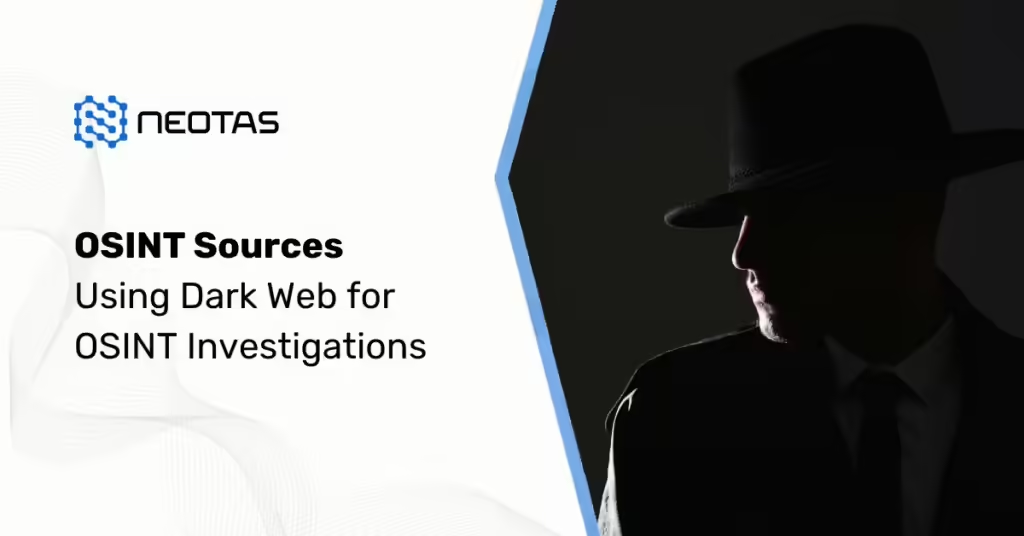

 New Whitepaper and Checklist
New Whitepaper and Checklist